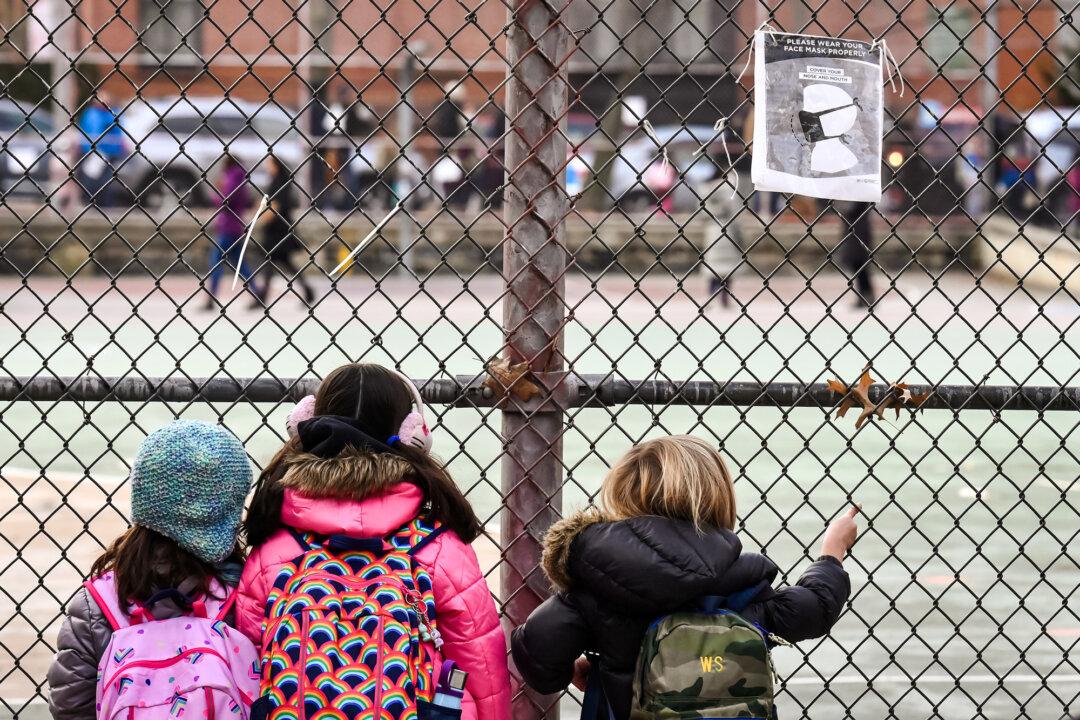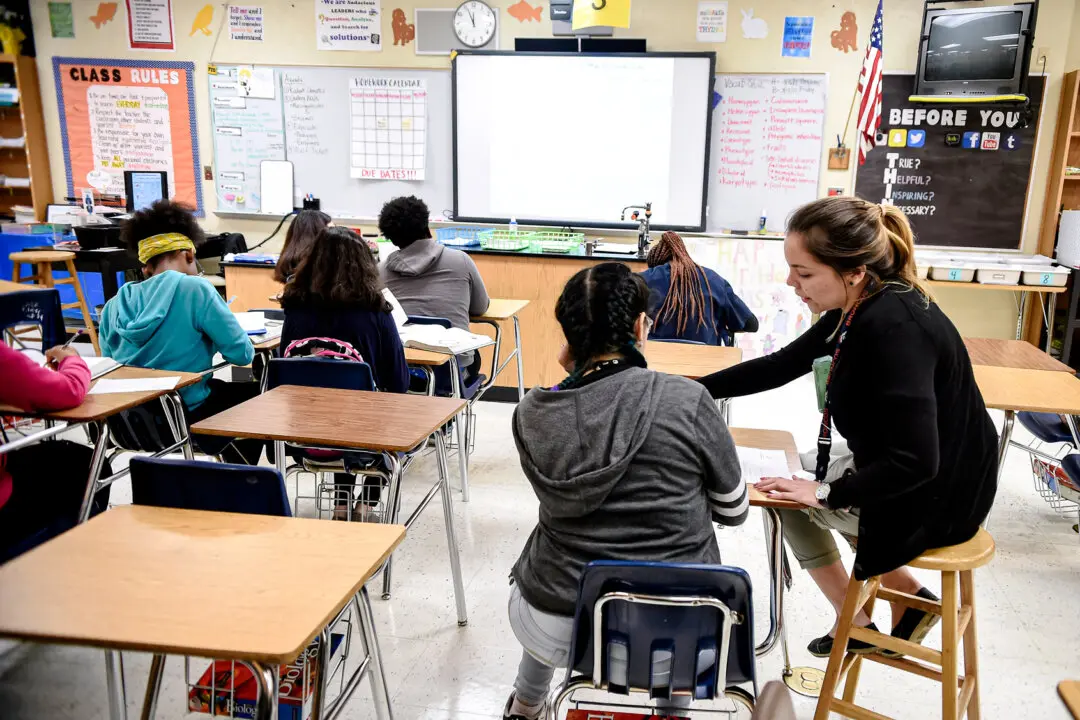California is now the 26th U.S. state to add financial literacy instruction as a high school graduation requirement.
Assembly Bill 2927, signed into law by Gov. Gavin Newsom on June 29, funds single-semester personal finance courses for all public high schools at the start of the 2027–2028 academic year, with the graduation requirement taking effect for 2030–2031 graduates, according to a California Department of Education statement.





